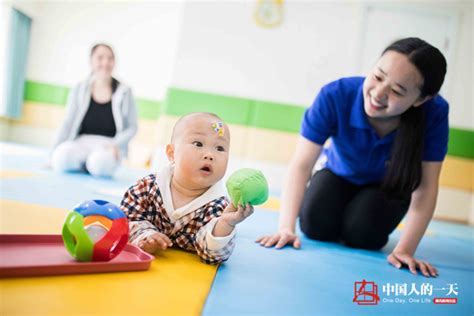早教老师需要具备哪些证书
Early Childhood Education: Insights and Guidance for Early Educators
As an early childhood educator, you play a vital role in shaping the foundation of a child's learning journey. Your responsibilities extend beyond just teaching basic skills; you are instrumental in fostering social, emotional, cognitive, and physical development in young children.
Early childhood education is guided by several key principles:
- ChildCentered Approach: Recognize and respect the individuality of each child. Tailor your teaching methods to meet the unique needs and interests of every child in your care.
- PlayBased Learning: Understand the importance of play in a child's development. Encourage activities that stimulate imagination, creativity, and problemsolving skills.
- Positive Reinforcement: Use positive reinforcement to encourage desirable behaviors and create a supportive learning environment. Praise and acknowledge children's efforts and achievements.
- Collaboration with Families: Establish open and effective communication channels with parents or caregivers. Involve them in their child's learning journey and seek their input and feedback.
- Continuous Professional Development: Stay updated on the latest research, trends, and best practices in early childhood education. Pursue opportunities for professional development to enhance your skills and knowledge.
When developing a curriculum for early childhood education, consider the following:
- Developmentally Appropriate Activities: Design activities that align with the developmental stage of the children in your care. Offer a balance of structured and unstructured activities to promote holistic development.
- Integration of Subjects: Integrate various subjects such as language, math, science, and art into your curriculum. Provide opportunities for interdisciplinary learning to enhance children's understanding of the world.
- HandsOn Learning: Emphasize experiential learning through handson activities, experiments, and exploration. Create a sensoryrich environment that stimulates curiosity and discovery.
- Evaluation and Assessment: Use ongoing observation, documentation, and assessment to track children's progress and identify areas for growth. Adapt your teaching strategies based on individual needs and learning styles.

The physical environment plays a crucial role in early childhood education:
- Safe and Nurturing Atmosphere: Create a safe, welcoming, and inclusive environment where children feel comfortable to explore and express themselves.
- Organized Classroom Layout: Arrange furniture, materials, and resources in a way that promotes independence, exploration, and easy access for children.
- Learning Centers: Set up various learning centers or areas within the classroom, such as reading nooks, art corners, and dramatic play areas. Rotate materials regularly to keep children engaged and curious.
- Visual Stimuli: Use visual aids, displays, and labels to support learning and reinforce concepts. Create a printrich environment that promotes literacy and language development.
As an early childhood educator, you have the privilege and responsibility of nurturing young minds during their formative years. By embracing childcentered practices, fostering a love for learning, and creating supportive environments, you can make a profound impact on the lives of the children you teach.
